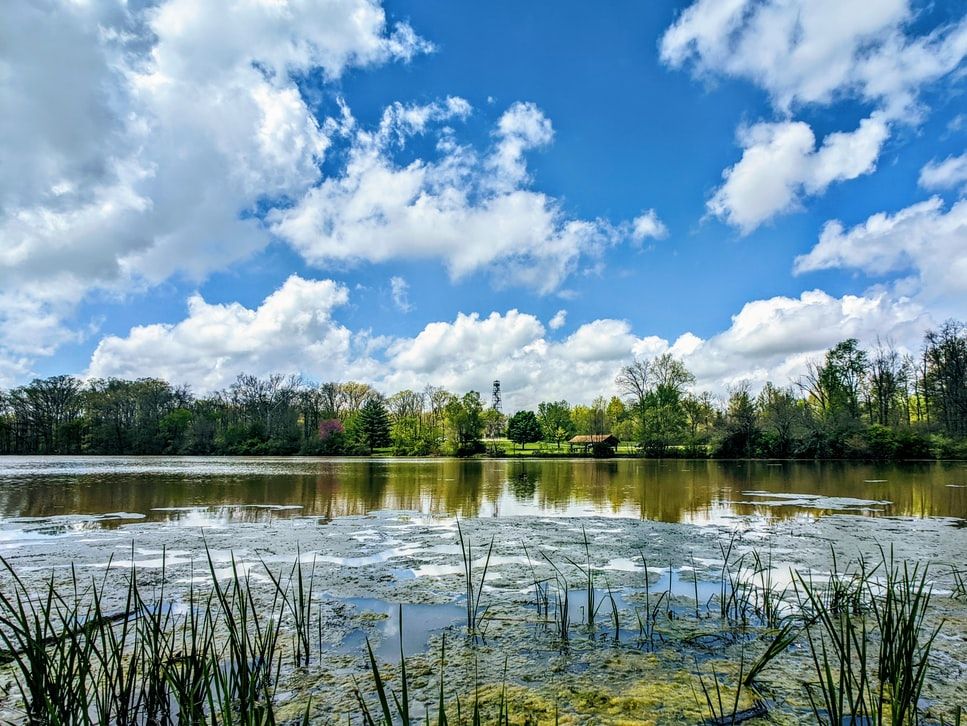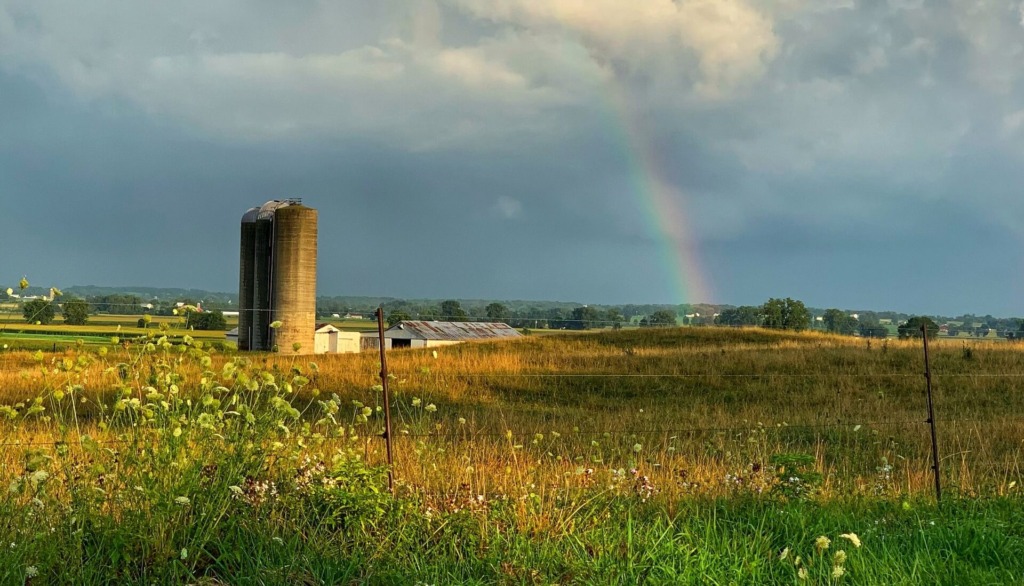Indiana
Nicknamed the Hoosier State, Indiana boasts of plenty of beautiful destinations. The state has some of the most stunning waterfalls in the region. It has wetlands and farmsteads, a couple of state parks, wonderful campgrounds, lakes, and a pretty impressive wilderness. Indiana proves that adventures are sometimes found in places where you least expect it.
Geography
Bordered by Ohio, Illinois, Kentucky, and Michigan, Indiana is a moderately sized state. In fact, if placed in the rank of largest to smallest, Indiana would rank 38th. It is definitely among the country’s smaller ones. This does not mean that it does not have what it takes to be a great outdoor destination. Since Indiana is located in the Great Lakes Region, you can only expect its geology and terrain to be alive and vibrant.
The state of Indiana is often divided and identified into two natural regions: the Central Lowlands and the Interior Low Plateaus. The former is made up mostly of low rolling hills, while the latter has a higher, hillier terrain, dotted with hundreds of kettle lakes. Some, however, considers Indiana as a state that could be divided into three main regions. The Great Lakes Plains region, Till Plains, and the Southern Plains.
Apart, of course, from some pretty great zoos (Fort Wayne Children’s Zoo), Indiana also boasts of being a great destination for wildlife. Since Indiana has so much water scattered throughout its state, wildlife has naturally thrived in certain areas of the state. Wildlife like Allegheny woodrats, bobcats, bald eagles, eastern bluebirds, and ornate box turtles can be spotted within the state.
History
The land of Indiana has been studied to have activities and inhabitants as early as 8000 BCE. Groups of Paleo-Indian nomads was found to have hunted and settled down for quite some time in parts of Indiana. These activities would go on throughout the Archaic period and the Woodland period (1000 AD).
The land of Indiana, in fact, already have an established civilization before the arrival of Europeans in the 15th century. There already have large urban settlements and they were already studying cosmology.
The lands of Indiana have always been so fertile and vibrant that it has attracted people throughout history to live in it. This is definitely part of the allure of hiking and trekking through Indiana’s wilderness. There is something majestic in feeling like you are walking through paths that have been walked on for thousand of years.
Weather
Indiana, for the most part, has a humid continental climate. It experiences hot and wet summers, while the winters tend to be cold — occasionally dropping below freezing temperature. The state also receives plenty of even precipitation throughout the year, especially near Lake Michigan and Ohio River. This does include spring and summer. You may want to keep that in mind if you are traveling to Indiana in those season.
All in all, there is definitely more to Indiana than you would expect for its size. It is a state with thousand of years of history in the making and a pretty impressive outdoors. It is one you should not miss.
Key information about Indiana
📍 Area: 94,321km2
👥 Population: 6,732,219
🏛️ Capital: Indianapolis
🏢 Major cities: Evansville, Fort Wayne, Bloomington
🔢 Number of counties: 80
📋 Postal Abbreviation: IN
📖 Primary language/s: English
📌 Nearby states: Illinois, Michigan, Ohio, Kentucky


